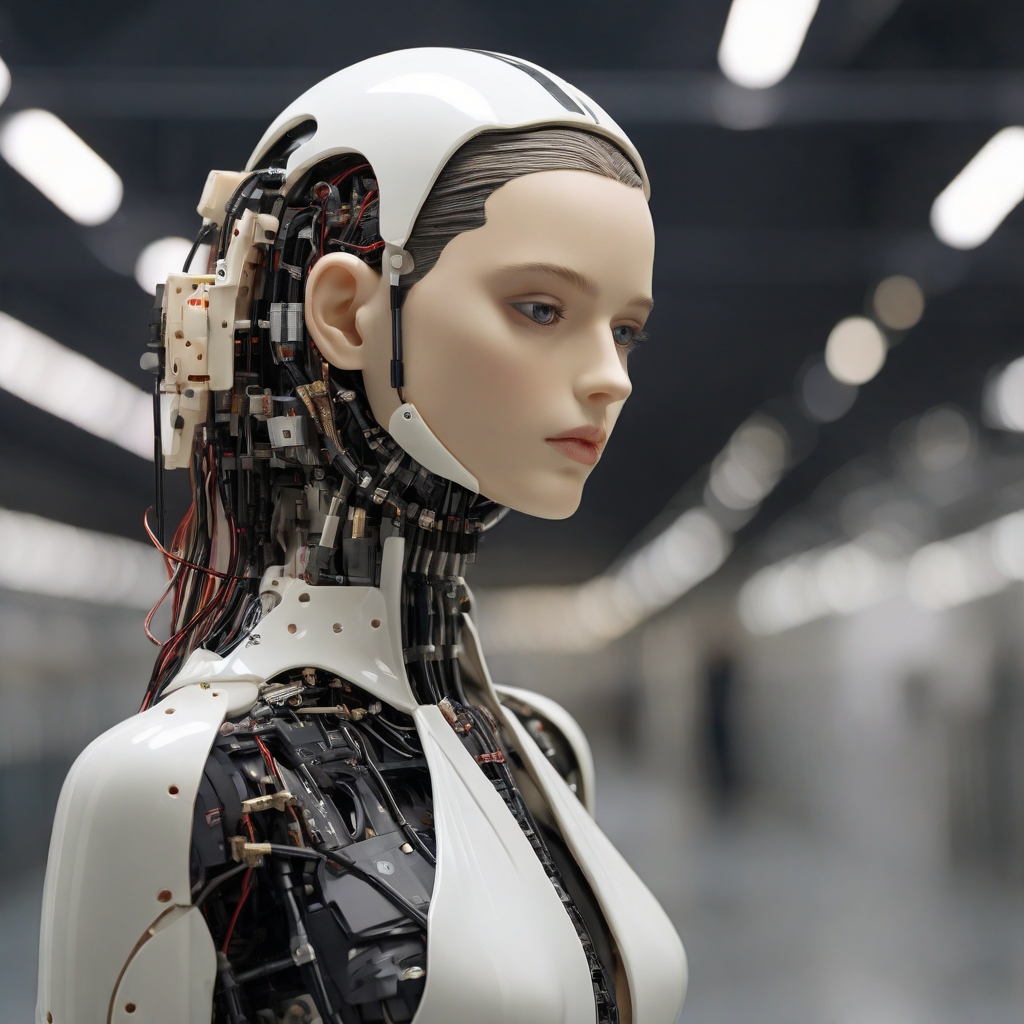Selkie, a renowned fashion brand celebrated for its commitment to “slow fashion” and sustainability, finds itself at the center of controversy after the release of its 2024 Valentine’s Day collection, titled “Home Is Where the Heart Is.” The brand showcased a range of dresses and sweatshirts adorned with patterns of cats and dogs, drawing attention to one particular design featuring a puppy with an unusual number of toes.
AI in fashion: Selkie’s bold move sparks debate
In response to the backlash, Selkie issued a statement defending its use of generative AI in the design process. A representative acknowledged the polarizing nature of AI in art and emphasized the brand’s inclination towards embracing technology as a means of artistic expression. The founder, Kimberley Gordon, who actively engages in AI-generated work, is positioned as an artist navigating a new medium for Selkie. The brand asserts its commitment to staying ahead of the curve, positioning itself as a pioneer in the fusion of AI and fashion.
Selkie is not the first fashion brand to integrate generative AI into its creative process. In 2023, prominent names like Valentino, Prada, and Gucci incorporated AI-generated visuals in their campaigns. The controversial use of AI extended to Levi’s, facing criticism for employing digital models on its e-commerce platform. This shift towards AI in fashion culminated in the establishment of an AI Fashion Week in New York, dedicated to showcasing the latest designs. Fast-fashion giant H&M fully embraced the trend, allowing customers to create personalized designs through its generative-AI platform, Stable Diffusion.
A Multibillion-dollar potential: McKinsey’s insights
McKinsey’s 2023 report projects that the adoption of generative AI could contribute a staggering $275 billion to the operating profits of the apparel, fashion, and luxury sectors. Despite concerns and critiques, industry experts downplay fears of AI replacing human creativity. Rajiv Narayana, CEO of learning-design company Ansrsource, highlights the tendency for innovation promises to be overstated and believes that AI will complement, not replace, human creativity.
Hikari Senju, CEO of advertising-personalization firm Omneky, draws parallels between the introduction of AI and the impact of Photoshop decades ago. He encourages companies to maintain transparency about their use of AI in the creative process. The sentiment is echoed by others in the industry who stress the need for openness as consumers scrutinize the authenticity of AI-generated designs.
Seeking originality amidst AI integration
The controversy surrounding Selkie’s AI-generated designs highlights a nuanced perspective among consumers. Meghan Fulton, a professional independent designer, acknowledges the layered nature of the issue. While AI has been employed for inspiration, its direct involvement in the creative process raises concerns for consumers seeking originality, especially from brands emphasizing ethical manufacturing practices.
Fulton emphasizes the importance of brands collaborating with real human designers rather than solely relying on AI, a sentiment echoed by followers on Selkie’s social media platforms. The response from consumers signals a growing awareness and scrutiny of purchasing choices, challenging brands to strike a delicate balance between technological innovation and the preservation of genuine creative input.
Navigating the intersection of AI and fashion
As Selkie and other fashion brands continue to explore the realm of generative AI, the industry grapples with the evolving dynamics between technology and creativity. The controversy sparked by Selkie’s latest collection underscores the delicate balance required to navigate consumer sentiment. While the integration of AI in fashion promises increased efficiency and innovation, it also prompts a critical examination of the authenticity and transparency maintained by brands in their creative processes. The dialogue surrounding AI in fashion is far from concluded, and the industry must tread carefully to ensure a harmonious coexistence of technological advancement and artistic integrity.





